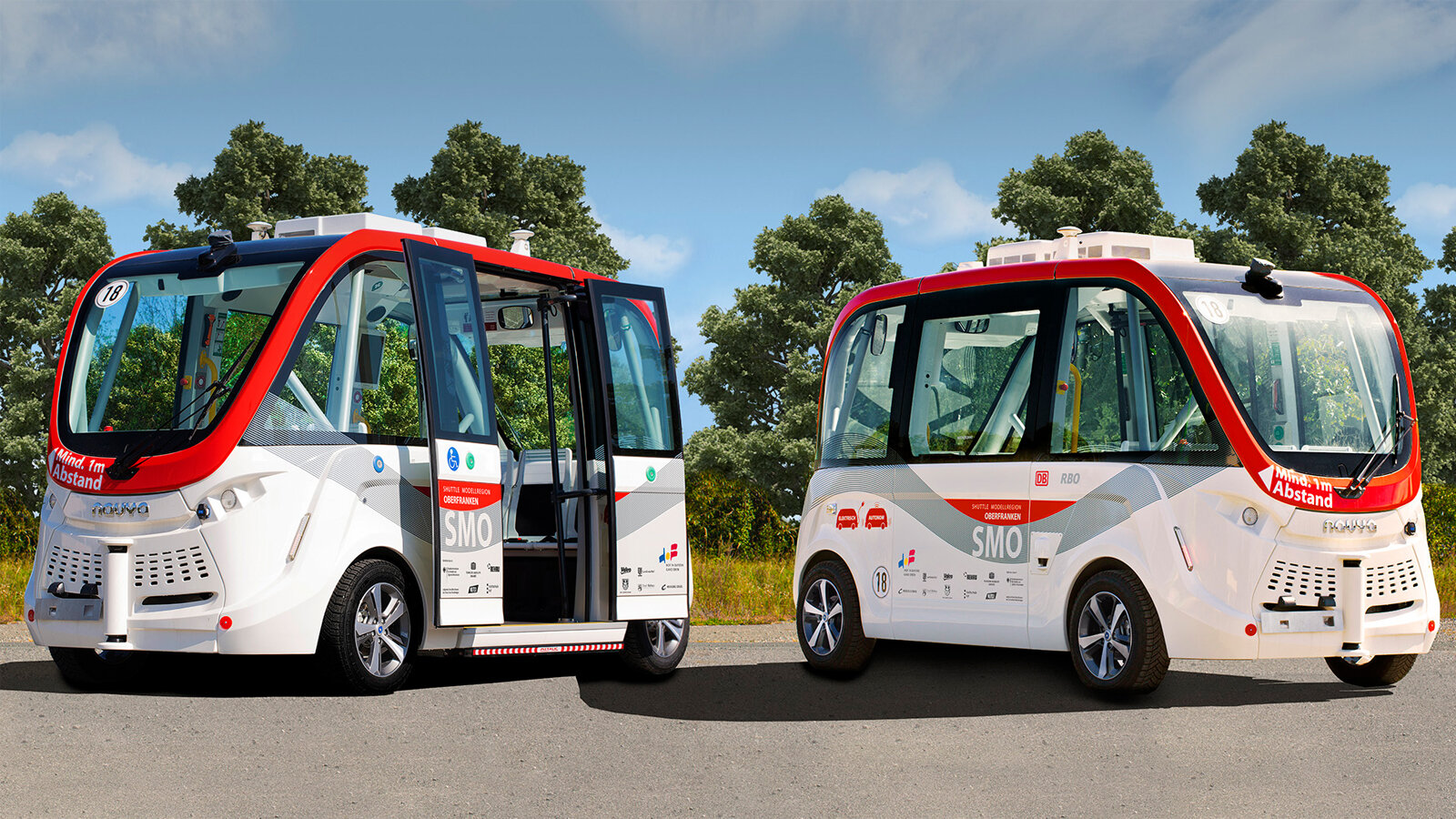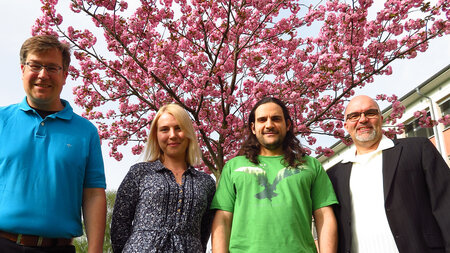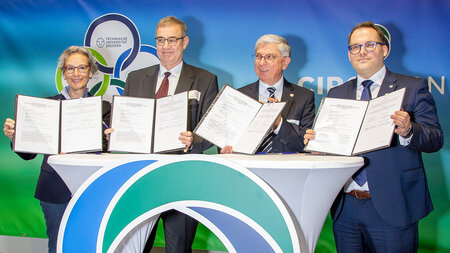More Flexible Mobility for Rural Regions
Chemnitz University of Technology part of research project consortium funded by the German Federal Ministry of Transport to study autonomous mobility in rural areas - Free transportation in parts of Upper Franconia beginning spring 2021
-

Electric and driverless shuttles are to make a contribution to future mobility, particularly in rural areas. Photo: IN-VISIONEN
The German mobility sector is facing profound changes due to climate change, demographic change, and a trend toward urbanization. As a result, mobility services such as autonomous and low-emission vehicles in local public transport (ÖPNV) are gaining importance in rural areas.
The research project "Shuttle Model Region Upper Franconia (SMO)", funded by the German Federal Ministry of Transport and Digital Infrastructure (BMVI), aims to test the operation of a total of six driverless and electric shuttles on public roads.
The vehicles from the manufacturer Navya each offer space for a maximum of ten passengers and have been on the road in Kronach, Hof, and Rehau since November 2020. Passengers will be transported free of charge starting in spring 2021, currently still partially automated. The project is being funded from January 2020 to 31 December 2021.
The consortium involved in the project is comprised of ten partners: In addition to the Professorship of Communications Engineering (Prof. Dr. Klaus Mößner (https://www.tu-chemnitz.de/tu/pressestelle/aktuell/9378/en)) at Chemnitz University of Technology, these include the cities of Hof and Rehau and the districts of Kronach and Hof. The consortium is complemented by the industrial partners DB Regio Bus, REHAU AG + Co., and the consortium leader Valeo in Kronach as well as the universities of Hof and Coburg. The project is coordinated by the Berlin-based mobility consultancy Nuts One.
University lays foundations for autonomous shuttle traffic
The Professorship of Communications Engineering's central goal in this project is to develop improved vehicle-environment perception by networking with other shuttles and infrastructure. This includes creating a dynamic 3D real-time image with the help of AI systems and machine learning.
Technologically, the SMO project serves various research purposes. These include establishing a central control center for the shuttles and the testing of remote control of the vehicles in case of need. This step is necessary to prepare the shuttles for later fully autonomous operation.
In addition, the algorithms for environment recognition by automated vehicles will be further improved. For this purpose, the shuttles will be equipped with additional sensors and trained by the data obtained using neural networks. In this way, pedestrians, cyclists, and other road users will be reliably detected.
Cars that talk to each other
Vehicle-to-everything technology (V2X for short) is crucial for the sub-project from Chemnitz University of Technology. The aim is to determine how autonomous vehicles can form an image of their surroundings, interpret it, and pass it on to other cars and the control center.
What does the research team led by Prof. Klaus Mößner want to develop as part of the V2X subproject? Cars that drive predictively, talk to each other, and exchange information about the traffic situation. This requires 5G for real-time communication, tracking and navigation so that the vehicles can orient themselves. In addition, sensors and algorithms are used to analyze this data.
Predictive and communicative algorithms
Is the lane clear? How will the traffic lights change? Are there pedestrians at the intersection? It is essential for comfortable autonomous navigation that the vehicle knows what the route will be like for the next kilometer. To do this, it must communicate and exchange data in real-time with other road users such as vehicles, traffic lights or traffic signs using sensors. Then the autonomous vehicle can also react to situations such as at intersections with limited visibility.
To make this possible in the future, Chemnitz University of Technology is developing algorithms that evaluate the sensor data of the vehicles and their surroundings. The researchers hope that this will lead to more safety and comfort through anticipatory autonomous vehicles and thus also more trust in this technology. It should contribute to future mobility, especially in rural areas.
For additional information, please contact Philipp Lindner, research associate at the Department of Communications Engineering (Prof. Dr. Klaus Mößner) at Chemnitz University of Technology, Tel. +49-371-531-35148, e-mail philipp.lindner@etit.tu-chemnitz.de.
Matthias Fejes
14.01.2021





